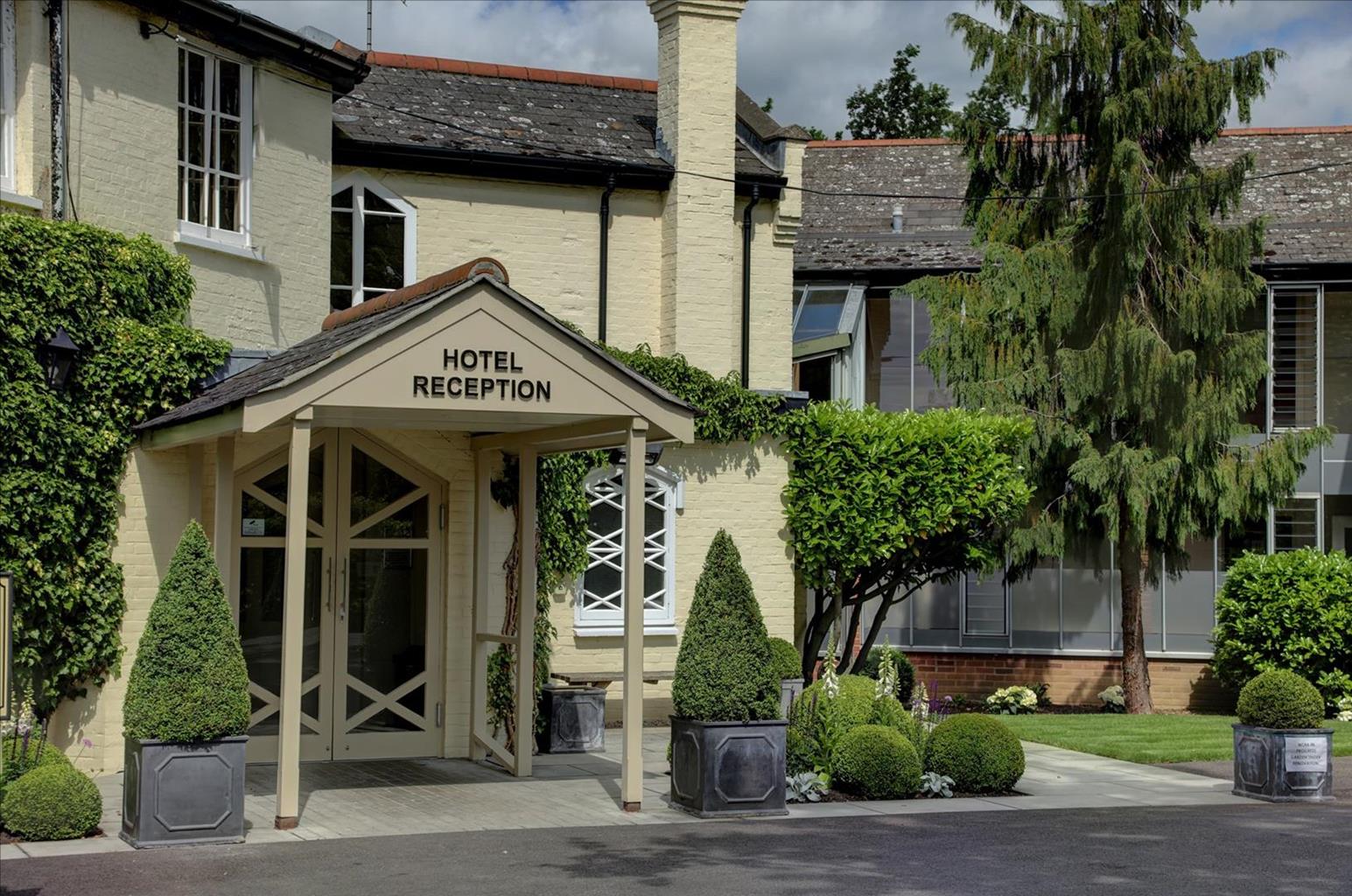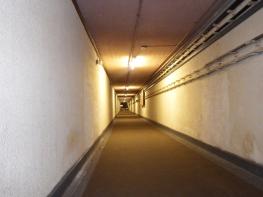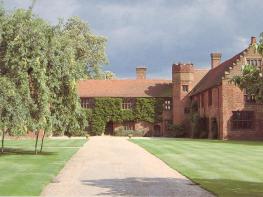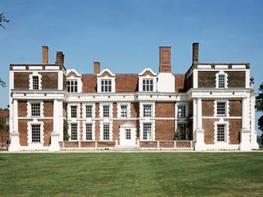This 16th-century house was built by Robert Wright, who named the house 'Manor of Mary Green'…
Around Weald Country Park

A fairly strenuous walk takes in the history of a great Tudor mansion and a royal deer park.
3.25 miles (5.2kms)
About the walk
Weald Country Park's origins are back in 1062 when the land was a gift from King Harold to the Abbots of Waltham. The abbots managed the land (which was worked by peasants), added fallow deer which they hunted, and over the years the estate prospered. All this came to an end when Henry VIII dissolved the monasteries and stripped them of their lands and goods. Weald was passed to the King's closest allies.
Discover a country park
In this walk you will discover a mixture of formal landscapes, with lakes and woodlands, and spot fallow deer – elements which make this country park one of the finest in Essex. You will also take a trip into history as you explore the site of Weald Hall, a huge Tudor mansion, built in 1540 and extended over the years by various owners. In Tudor times owning a deer park brought more prestige than having your own moat, but less than having your own private gallows.
A multitude of owners
By 1800 the mansion had 40 bedrooms and provided jobs and housing for around 50 people. The first owner was Sir Brian Tuke, Henry VIII's treasurer, who was followed by a succession of nouveau riche individuals who made their money by trade or in government. One of these, Sir Anthony Browne, a judge, politician and favourite of Mary I, and who lived here in 1550, went on to become the founder of Brentwood School and provided almshouses for the poor. Although knighted by Queen Elizabeth, he persecuted Protestants during Mary's reign and was responsible for the death of a young apprentice, William Hunter, who was burned at the stake in Brentwood. A memorial to Hunter stands in the town.
But easily the most tyrannous of owners was William Scroggs, Lord Chief Justice to Charles II in 1678. He sent more than 20 men to the gallows, and was so detested that when he died all traces of him were removed, including his face from a portrait at the top of the stairs in Weald Hall. In 1756 the Towers, a family of lawyers, bought the estate and owned it for the next 200 years. During World War II around 30,000 troops were stationed at Weald. Weald Hall fell into disrepair and the deer escaped (they were replaced in 1987). The house was demolished in the 1950s, but you can go to the top of Belvedere Hill where there are wonderful views over the parkland and you can get a real sense of the extent and grandeur of this royal hunting estate hundreds of years ago.
Walk directions
With your back to Weald Road, turn right out of the car park along a gravel track beside the parks office hut. Keep the red-brick wall on your right and continue to the Belvedere car park – the site of the foundations of Weald Hall. On your left are the remains of steps leading up to part of the original building. Walk into the car park and take the earth path uphill between trees. Bear left, keeping the church on your right, and pass the door which used to give access to the graves of the Tower family. At the end of the church wall, turn left through trees and go onto the grassy knoll. This overlooks the original gardens of the estate and the site of Weald Hall.
Keeping the gardens to your left, walk up the steps to the site of Belvedere Hill where there is an information board. Spectators would watch hunting and indulge in banquets. Walk down the steps, turn right and take the path downhill, between conifers, to open parkland. Turn left in front of the entrance to the Bluebell Pond picnic area, and at the top go through a gate on the right.
Follow the grassy bridleway, passing to the left of the cricket pitch, and pass through a thickly wooded area of ancient hornbeam and silver birch. Continue along the bridleway, which runs parallel with Sandpit Lane.
As the path veers away from the road, note the steep embankment to your right – the remains of an Iron Age settlement. You are now walking around what was the moat. Keep to the bridleway and, at the tree-clad embankment rising to your right, continue clockwise until you reach two benches on the edge of the parkland.
Bear left through the tree gap to walk downhill beside a fence. Pass to the left of a house, cross a footbridge and keep ahead through the wood. Go through a metal gate on the right and turn right along a wide, grassy path. At a path junction turn right by a red and white post, and turn left at a yellow waymarked post (Wildside Walk). Turn left just after a barrier and follow the bridleway that borders Shepherd's Spinney. To the right is a large nursery.
At the next crossing of paths by a barrier bear left, passing to the left of grassland, and keep ahead at the next path junction. After 800yds (732m) turn right before the gate to walk with the lake on your left. At the end of the lake, turn left over the footbridge and return to the car park, passing the deer paddock.
Additional information
Open parkland, forest tracks and some cross-field footpaths
Undulating deer parkland, ponds, lakes and mixed woodland
Wonderful open spaces for a romp, but watch out for grazing cattle and ducks
OS Explorer 175 Southend-on-Sea & Basildon
Car parks at Visitor Centre, Belvedere and Cricket Green on Weald Road and Lincolns Lane – charges apply
Visitor Centre and inside park
WALKING IN SAFETY
Read our tips to look after yourself and the environment when following this walk.
Find out more
Also in the area
About the area
Discover Essex
Essex is full of pleasant surprises. It has the largest coastline of any county in England, with its fair share of castles, royal connections and scenic valleys. Take Colchester, for example, which was built by the Romans and is Britain’s oldest recorded town. Its castle contains the country’s largest Norman keep and yet, a stone’s throw from here, East Anglia’s newest arts centre promises to put Colchester firmly on the map as Essex’s capital of culture.
Tidal estuaries are plentiful and their mudflats offer migrating birds a winter feeding place. Essex was known as the land of the East Saxons and for centuries people from all over Europe settled here, each wave leaving its own distinctive cultural and social mark on the landscape. Walking a little off the beaten track will lead you to the rural retreats of deepest Essex, while all over the county there are ancient monuments to explore:
- the great Waltham Abbey
- Greensted, thought to be the oldest wooden church in the world
- the delightful village of Pleshey has one of the finest examples of a former motte-and-bailey castle
- Hedingham Castle, magnificently preserved and dating from the 11th century.
Nearby stays
Restaurants and Pubs
Nearby experiences
Recommended things to do
Why choose Rated Trips?
Your trusted guide to rated places across the UK
The best coverage
Discover more than 15,000 professionally rated places to stay, eat and visit from across the UK and Ireland.
Quality assured
Choose a place to stay safe in the knowledge that it has been expertly assessed by trained assessors.
Plan your next trip
Search by location or the type of place you're visiting to find your next ideal holiday experience.
Travel inspiration
Read our articles, city guides and recommended things to do for inspiration. We're here to help you explore the UK.













